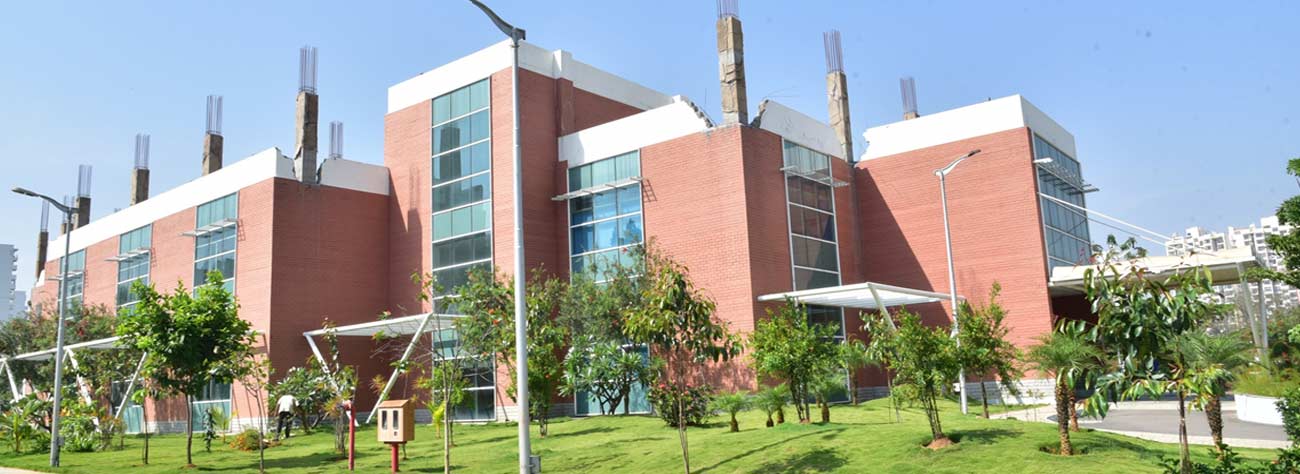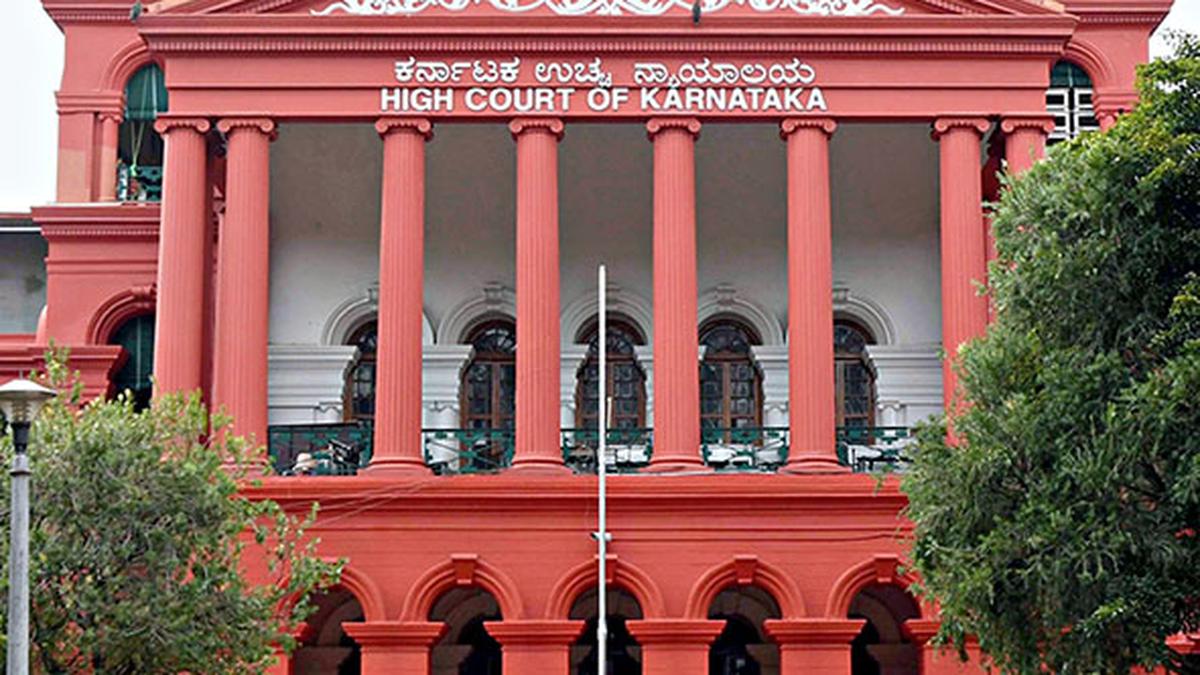In a landmark judgment aimed at promoting transparency, the Karnataka High Court has ruled that Nirmiti Kendras, institutions responsible for executing various government construction projects, fall within the ambit of the Right to Information (RTI) Act. This ruling means that citizens can now seek detailed information about their functioning, budgets, and project execution directly from these entities. The court’s decision came in response to a petition questioning whether Nirmiti Kendras could be considered “public authorities” under the Act. By affirming this, the court has significantly expanded the scope of accountability in public infrastructure projects.
The petition was filed after repeated refusals by a Nirmiti Kendra to share construction project details with an RTI applicant, claiming that it was not a public authority. However, the High Court noted that Nirmiti Kendras are largely funded by the state government, operate under government supervision, and carry out public works. Therefore, it concluded that these institutions clearly fall within the definition of public authorities under Section 2(h) of the RTI Act. The judgment emphasised that transparency in such bodies is crucial, as they handle taxpayer money and are tasked with projects that directly affect the public.
This decision is expected to empower citizens and activists seeking greater insight into how public infrastructure projects are planned and executed. Experts believe it will help expose inefficiencies, delays, or irregularities in project implementation. Furthermore, it could serve as a deterrent against corruption, as officials will now be aware that their actions can be scrutinised by the public. The ruling aligns with the broader principle that any institution funded substantially by the government should be answerable to the people.
The Karnataka High Court’s ruling on bringing Nirmiti Kendras under the RTI Act is being viewed as a proactive step towards deepening democratic accountability. These Kendras, which handle numerous government-backed projects such as school buildings, hospitals, and community centres, often operate in relative opacity. Until now, the lack of direct RTI applicability meant that concerned citizens had to route queries through parent government departments, often resulting in delays or incomplete disclosures. With this judgment, citizens will have a more straightforward mechanism to demand information, reducing bureaucratic red tape and increasing the pressure on these bodies to maintain accurate and accessible records.
For years, activists have pointed out that Nirmiti Kendras, despite handling public funds, were treated like independent contractors beyond the full reach of public scrutiny. This created a grey zone where critical project details were shielded from public view, allowing inefficiency and potential mismanagement to go unnoticed. The court’s interpretation effectively dismantles this protective barrier, asserting that financial and operational dependence on government resources makes these bodies accountable to the same standards as other public authorities. Legal experts are already suggesting that similar rulings could follow for other quasi-governmental agencies that have thus far resisted RTI compliance.
One of the most significant consequences of this ruling is its potential to alter project management practices within Nirmiti Kendras. Managers and engineers will now have to maintain meticulous documentation of project timelines, budgets, material usage, and contractor agreements. This increased level of scrutiny might slow down certain administrative processes initially, as the Kendras adapt to compliance demands. However, transparency advocates argue that any initial inconvenience will be outweighed by the long-term benefits of cleaner governance, reduced corruption risks, and improved project delivery standards.
Financial accountability is another key area likely to see improvements under the new framework. The ability for citizens and watchdog organisations to track expenditure patterns in real time could deter misallocation of funds. Moreover, with audit data becoming more accessible through RTI requests, the fear of public exposure might push officials towards more prudent fiscal decisions. This could result in better utilisation of resources, fewer abandoned projects, and higher construction quality for public assets. Such changes may also bolster public trust in government-backed infrastructure initiatives.
Grassroots organisations, particularly those in rural Karnataka, are likely to make the most of this new access to information. Many rural infrastructure projects—such as Anganwadi centres, panchayat offices, and rural health units—are executed through Nirmiti Kendras. Having direct RTI access will allow local communities to question delays, substandard construction, or discrepancies in material procurement. In turn, this could foster stronger community involvement in the oversight of developmental works, giving villagers a louder voice in ensuring that projects meet local needs and expectations.

Legal Context and Administrative Implications
The High Court’s decision draws heavily from earlier Supreme Court interpretations of the RTI Act, which have consistently held that entities performing public duties and funded by public money must operate transparently. By applying this principle to Nirmiti Kendras, the court has closed a loophole that allowed such bodies to function without sufficient public scrutiny. This ruling may also have implications for other similar semi-autonomous bodies and agencies across the state that operate in partnership with the government.
Administratively, the decision means that all Nirmiti Kendras in Karnataka must now appoint Public Information Officers (PIOs) as per RTI norms, maintain proper records, and ensure timely responses to public queries. Non-compliance could lead to penalties under the RTI Act, including fines and disciplinary action against responsible officials. Government departments associated with these Kendras will also have to ensure that the necessary infrastructure for handling RTI requests is put in place without delay. This will require training personnel and allocating resources for smooth implementation.
Another ripple effect of the Karnataka High Court’s decision could be seen in the training and capacity-building of Nirmiti Kendra staff. With RTI compliance now a legal requirement, many employees—especially engineers and administrative personnel—will require orientation on the provisions of the RTI Act, permissible exemptions, and proper documentation practices. This will likely involve workshops, digital record-keeping initiatives, and coordination with legal experts to ensure that responses are both timely and accurate. The shift towards transparency may also encourage the adoption of e-governance platforms, reducing manual paperwork and making information more accessible to the public.
The judgment also brings into focus the larger question of accountability in public-private partnerships (PPPs) and semi-government bodies across India. While Nirmiti Kendras are a unique example in Karnataka, several other states have similar bodies managing public works without falling squarely under the RTI’s scope. The Karnataka decision may inspire activists in other regions to challenge similar exclusions, potentially leading to a series of judicial pronouncements expanding RTI coverage nationwide. If this momentum builds, India could witness a new era in which publicly funded agencies—regardless of their legal classification—are held to the same transparency standards as government departments.
Finally, the ruling could have political ramifications. State governments, especially those in power, may face heightened scrutiny over project execution and expenditure, which could be both a political asset and a liability. While transparency can boost credibility if governance is clean, it can also expose inefficiencies or corruption, leading to political embarrassment. Opposition parties may leverage RTI findings to mount criticism, while ruling parties could use compliance as proof of good governance. Either way, the judgment ensures that the operations of Nirmiti Kendras will no longer remain behind closed doors, reinforcing the democratic principle of accountability.
Potential Impact on Public Accountability
The ruling could transform how public infrastructure projects are monitored in Karnataka. Citizen groups and NGOs advocating transparency see this as a major victory, as they will now have access to detailed budgets, contractor information, and progress reports for construction works. This could lead to more informed public debates on resource allocation and help identify projects that are delayed or mismanaged. It also offers a practical tool for communities to hold both government departments and contractors accountable for quality and deadlines.
However, not everyone is fully convinced that the ruling will be implemented without resistance. There are concerns that entrenched interests within the Kendras may attempt to dilute compliance through bureaucratic hurdles, incomplete responses, or overuse of RTI exemptions under Section 8 of the Act. Transparency activists warn that vigilance will be required to ensure that the letter and spirit of the judgment are upheld. This may require follow-up monitoring by civil society groups and possibly further judicial intervention if compliance remains patchy.
From a governance perspective, the High Court’s decision sends a strong message to other public bodies—complete or partial government funding brings with it a non-negotiable responsibility for transparency. This principle could redefine the operational landscape for semi-autonomous agencies across India, many of which still function outside the RTI ambit despite their public funding. If replicated in other states, the Karnataka ruling could set off a ripple effect, leading to a broader expansion of the RTI’s scope nationwide.
Journalists and investigative reporters also stand to benefit significantly from this judgment. Infrastructure and construction are sectors often riddled with irregularities, and access to detailed records from Nirmiti Kendras could lead to more robust public-interest journalism. Stories on cost overruns, project delays, or questionable contractor selections could now be substantiated with official documents, strengthening the media’s role as a watchdog over public resources. This, in turn, can increase public awareness and political pressure for better governance.
The decision is also expected to influence how government departments collaborate with Nirmiti Kendras. Departments may need to establish clearer communication channels and documentation protocols to ensure that the Kendras can respond to RTI queries efficiently. This could lead to procedural reforms, such as integrated digital records, which would not only facilitate RTI compliance but also improve internal coordination between agencies.

Ultimately, the High Court’s directive stands as a reminder that transparency is not merely a bureaucratic formality but a cornerstone of democratic governance. When institutions handling public funds are open to scrutiny, it strengthens both public confidence and the quality of public service delivery. For Karnataka, this ruling could mark a turning point in ensuring that developmental projects truly serve the public interest without being clouded by secrecy or mismanagement.
Follow: Karnataka Government
Also read: Home | Channel 6 Network – Latest News, Breaking Updates: Politics, Business, Tech & More

